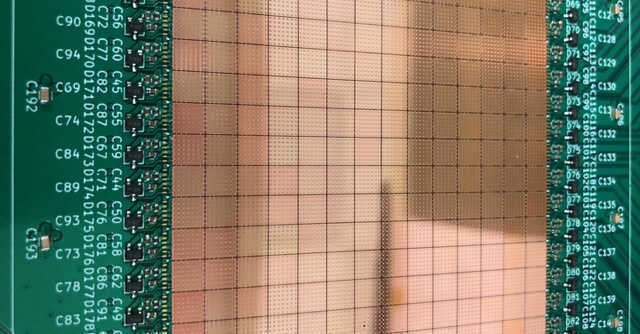
Researchers create imagers that can help cars, security systems see almost anything


Two isolated research groups have almost simultaneously demonstrated projects based on terahertz imaging. In both cases, the key onus is on the technology helping mainstream, commercial usages. In other words, these new technologies can help reduce the size of radar systems while increasing their capabilities – hence coming of use in autonomous vehicles, security systems, aerial surveillance and so on.
One of the groups, hailing from the University of Dallas-Texas and the Oklahoma State University in USA, has showcased the development of a terahertz sensor that is based on CMOS (complementary metal-oxide semiconductor) microchips. Using this system, the researchers state that the entire setup can work much faster and consume lesser energy – all the while being able to see through denser obstacles than standard sensing technology that is commercially available today.
Kenneth O, professor of electrical and computer engineering at the University of Dallas-Texas and a fellow at the Institute of Electrical and Electronics Engineers (IEEE) said, “The technology allows you to see in vision-impaired environments. In industrial settings, for example, devices using the microchips could help with packaging inspections for manufacturing process control, monitoring moisture content or seeing through steam. If you are a firefighter, it could help you see through smoke and fire.”

Terahertz imaging involves the use of waves between infrared and microwave ranges of the electromagnetic spectrum, which is also invisible and does not get altered in physical properties due to external energy around the waves. They also do not have the same harmful effects on a human body that X-rays do, and are therefore applicable for imaging and resonance-based detection of objects.
A second group of researchers, who have also created a similar setup, state that these properties are what make terahertz imaging apt for bringing military grade imaging to commercial use cases. While typical terahertz beam forming required elaborate setups, the use of a chip-driven control of the terahertz beams means that such technologies could be packaged in much smaller forms – hence being able to be used in cars, for instance.
This group, from the Terahertz Integrated Electronics Group of the Massachusetts Institute of Technology (MIT), says that such a technology can be used to help detect obstacles in very bad weather such as dense dust or fog, and the latter is being worked on to be licensed through a startup and brought to the market.

